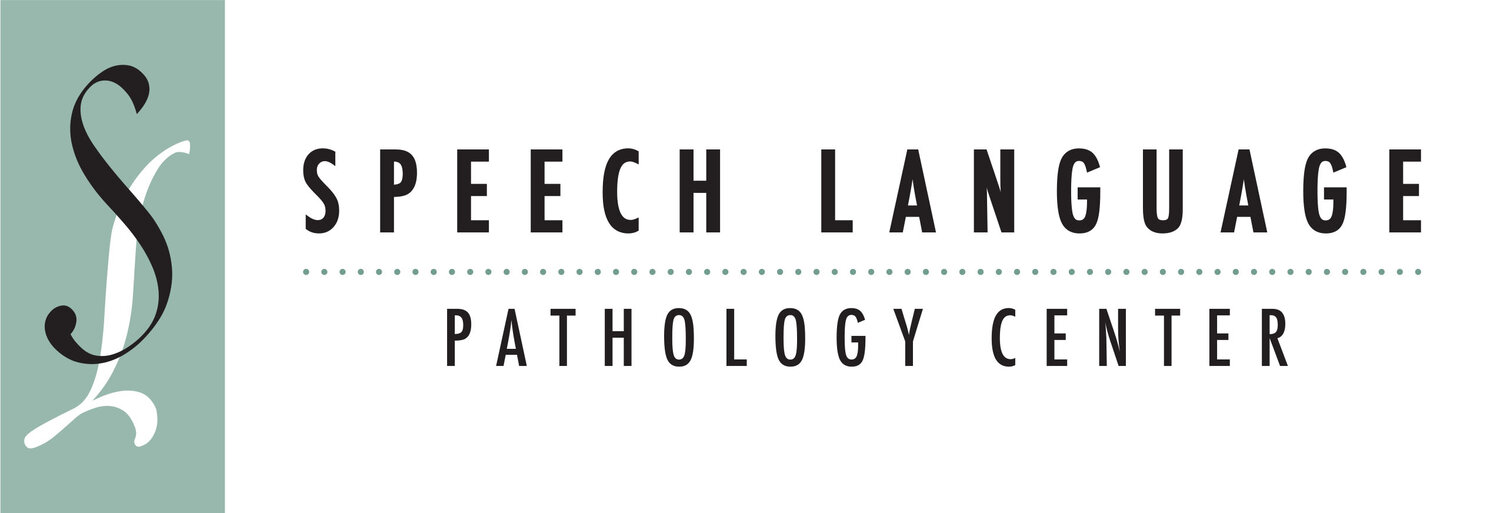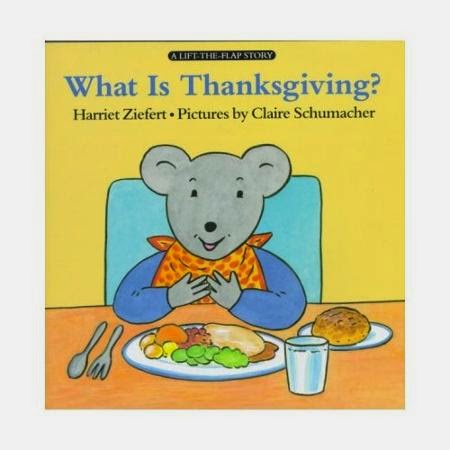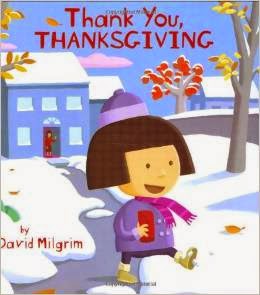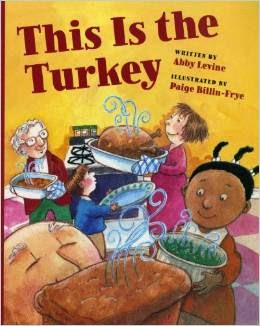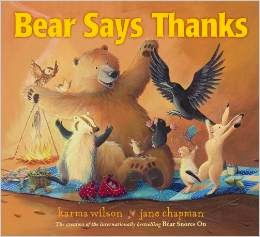Check out this repost from Constant Therapy, one of our favorite app companies. It was written by Jordyn, SLPC's newest clinician!
Brain Plasticity - so what exactly does that mean?
The foundations of language and cognitive rehabilitation rely on this concept of brain plasticity. In a nutshell, brain plasticity refers to the changeability of the human brain. We can mold our brains through practice and learning. In scientific terms, this is called “experience dependent plasticity” (for more on this, check out this article by Dr. Kleim) It’s really quite phenomenal. We see these changes easily in the brains of infants; one day a baby babbles nonsensically, and suddenly, seemingly overnight, a first word is born.
But what about adults? What about survivors of brain injury? Can a brain change and adapt if it’s been damaged by trauma, stroke, or disease?
The incredible answer is YES.
We know from research with healthy older adults that the brain continues to adapt over the course of our lives. Before we get to that though, let’s talk a little bit about what we know regarding language and the brain.
The left hemisphere is generally accepted to be responsible for language. We use parts of the left hemisphere to process the meaning (or semantics) of words, to select and combine words to form sentences, and to program the necessary muscles to produce speech. The left hemisphere also helps us to reverse this process, taking spoken and written language that we hear or read and making sense of it.
Now back to the research on healthy older adults. Based on many research studies, it appears that older adults, across many different types of tasks (for a more in-depth explanation, check out this article by Dr. Roberto Cabeza), use not only traditional left hemisphere areas, but they also use their right hemispheres. So even healthy older adults are using not only their left hemisphere, but also their right hemisphere, for tasks that usually only require the left.
Why does this matter? Many researchers hypothesize that this right hemisphere activity is actually compensating for the left hemisphere. So, when the areas of the brain that were originally responsible for certain tasks begin to age, other areas of the brain can pitch in and help out.
The real brilliance of the human brain comes in when we start to talk about injured brains. If a brain has suffered damage, it knows that it needs to seek out other areas to compensate. For example, we know that Broca’s Area, a region in the frontal portion of the left hemisphere, is responsible for word retrieval and speech production, amongst other things. As long as Broca’s area is not completely damaged, it will be engaged in language function. If Broca’s Area is significantly damaged, areas nearby in the left hemisphere will kick in, in addition to areas in the right hemisphere. Researchers hypothesize that this right hemisphere and neighboring activation is again compensatory – the right hemisphere and neighboring regions are assisting damaged areas originally responsible for certain tasks.
Other research studies (check out this article by Dr. Sebastian and Dr. Kiran for more info) have found that the more damaged the left hemisphere is, the more active the right hemisphere is during language. Again, we think this is the right hemisphere stepping up to help out the injured left.
Bottom-line – rehabilitation is worth it, and all because of brain plasticity. What your brain activity looks like today can change. Whether someone has had a stroke, a traumatic brain injury, or a life-long learning disability, there is opportunity for improvement because our brains are capable of being plastic, with the right kind of experience.
Jordyn Sims is a speech pathology clinical fellow at the Speech Language Pathology Center. In her spare time, she blogs for the app company, Constant Therapy, which provides language and cognitive therapy. You can check out her blog at constanttherapy.com/blog
For more information, visit our website or like us on Facebook!
